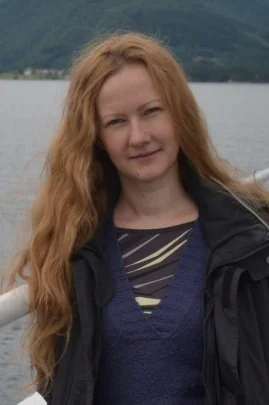New intriguing finds from the Late Iron Age have been found in Kvarnbo, Saltvik, on the Åland Islands, within the framework of a project led by Dr Kristin Ilves.

The geographical position of the Åland Islands (today an autonomous, monolingually Swedish-speaking region of Finland) between Sweden and Finland is highlighted in most of the few historical studies dealing with the region’s Iron Age (500 BC-1050 AD).
Finds, consisting mainly of personal ornaments of silver and bronze, were unearthed in connection to what is believed to be the remains of a 40 x 12 m large building.
Overall, the results point towards the existence of an elite settlement at the site, comparable to only a handful of places in the Baltic Sea region.
The research project titled “The Hall at the Crossroads of Baltic Waterways” was initiated in 2012 and emanated from an infra-red aerial photography depicting the fields north of the church of Saltvik where archaeologists observed a soil impression that bears very strong similarities with the outlines of large Late Iron Age hall structures known from Scandinavia.
“Halls” were buildings with special social importance for the region. There are similar hall buildings known throughout Scandinavia, such as in Gamla Uppsala, Sweden, but longhouses of comparable dimensions have been previously unknown both on the Åland Islands and on mainland Finland.
The project aims to discuss the nature of the settlement. As a first step, non-intrusive field surveys were conducted at the site and several interesting finds were collected from the area where the longhouse is believed to have been situated.
Among the unearthed objects, there are several different types of brooches from the late 6th century AD to the end of the Viking Age.
One of the earliest finds recovered is a brooch shaped as a bird of prey. A well-preserved small oval brooch belongs to the same period. The craftsmanship is characterized by rich ornamentation in different techniques and motifs – a Viking silver finger ring exhibits an intricate pattern of punched triangles, while the unearthed part of an equal armed brooch depicts the head of a human or an animal.
In addition to jewellery, an end socket made of bronze that has been sitting at the tip of a scabbard, a so-called sword chape, was found. This object has a direct parallel in an object found at Birka, where the better preserved specimen displays ornamentation in the shape of a human figure. Further investigations are planned in the area in 2014.
Header Image : Pictures of a brooch shaped as a bird of prey, an equal armed brooch depicting the head of a human or an animal and a Viking silver finger ring. Photos used with the courtesy of the Museum of Åland, Ålands Landskapsregering
Contributing Source : kvarnbohall




